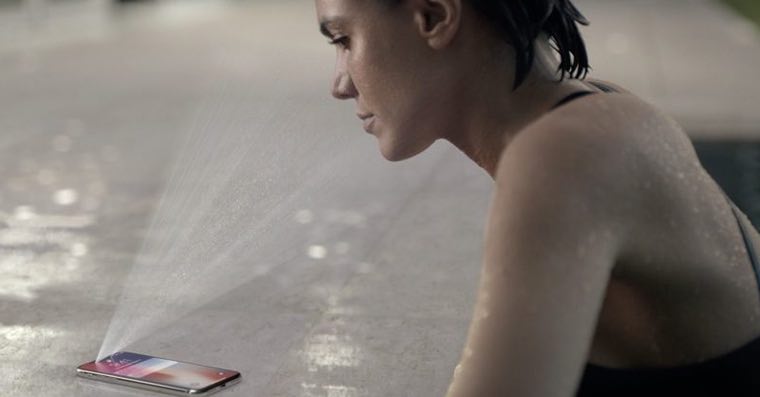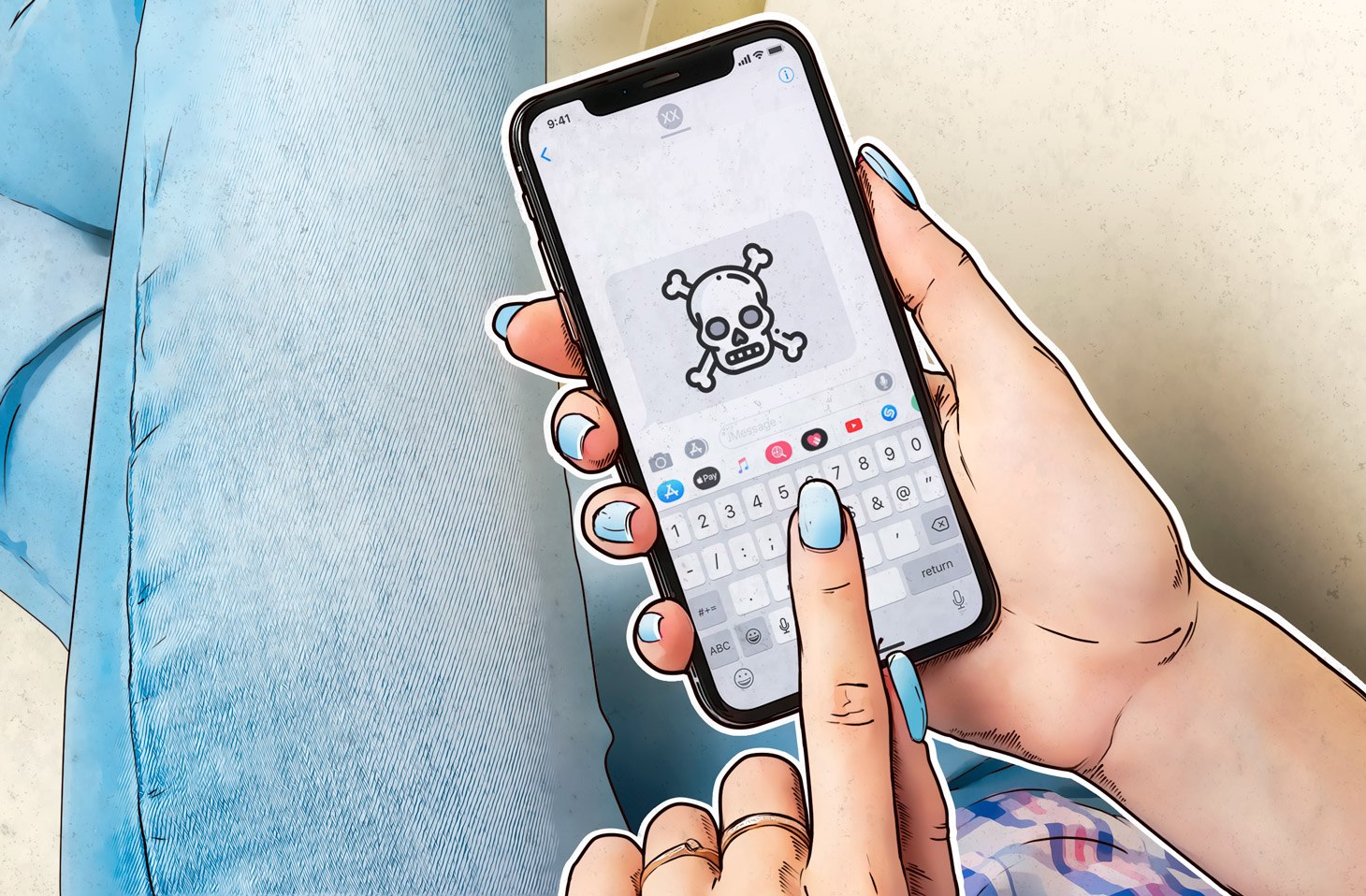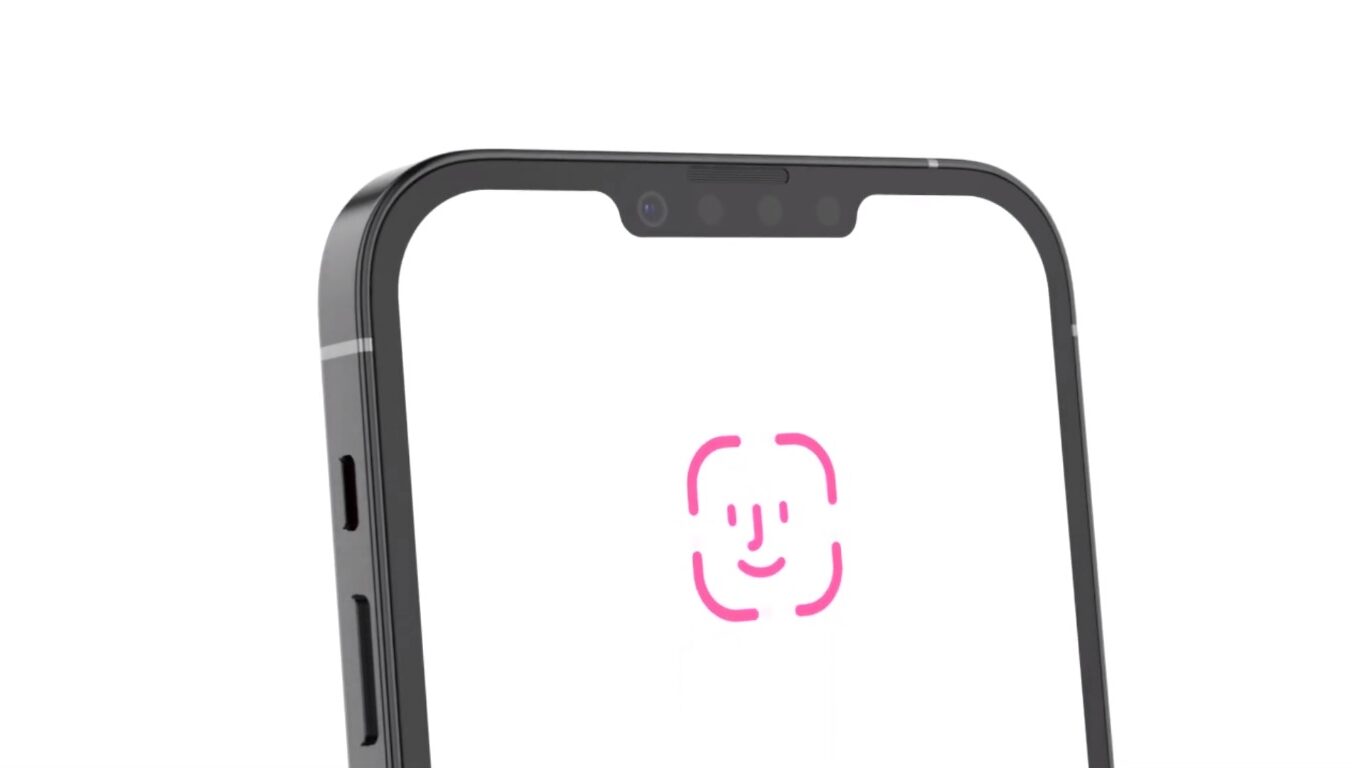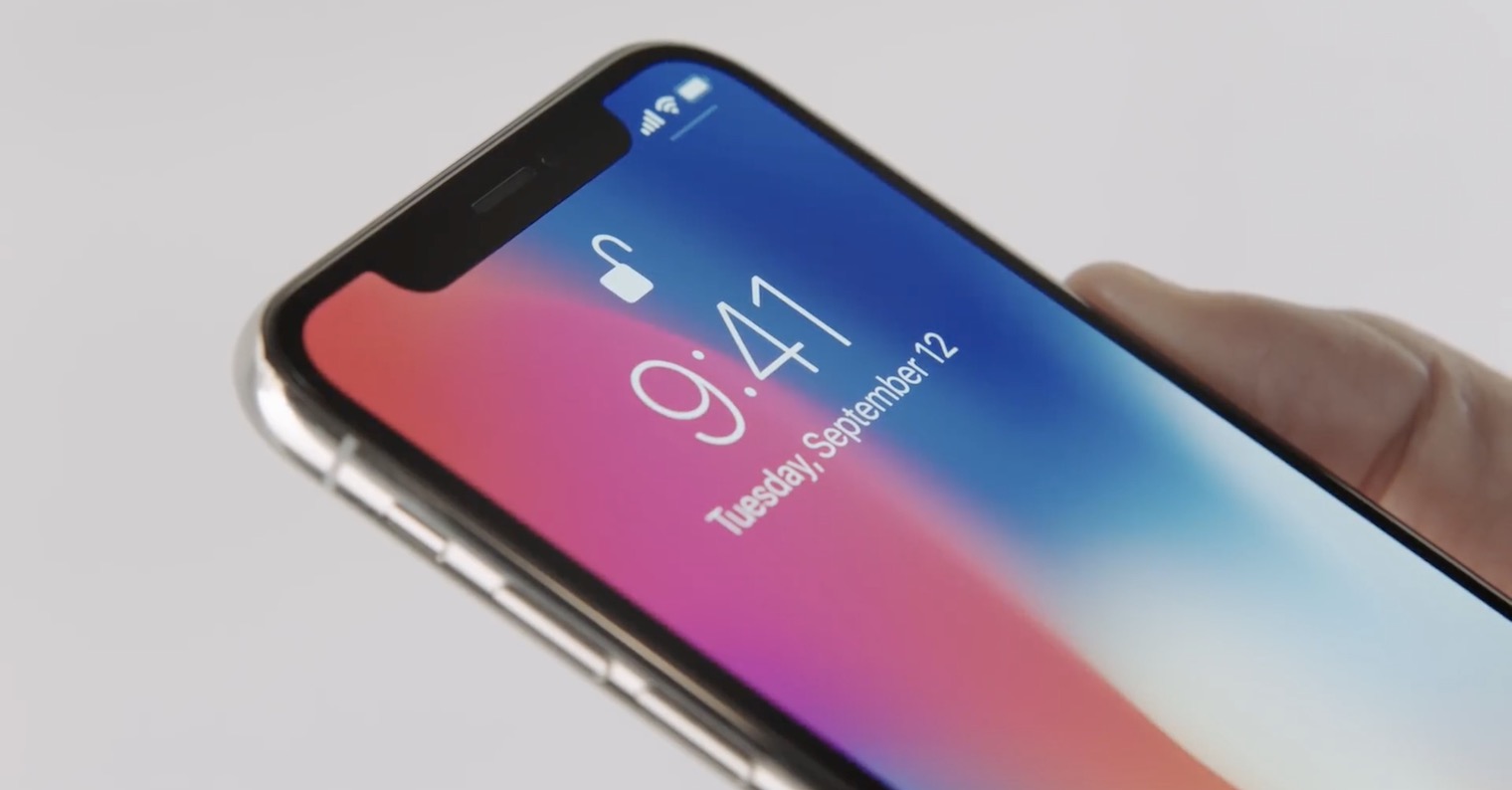The Face ID biometric authentication system has been with us for over 4 years. In 2017, it made its debut in the case of the revolutionary iPhone X, which not only changed the body and display, but also received a completely new authentication method, which in this case replaced the iconic Face ID fingerprint reader. In addition, Apple is gradually improving the system, paying particular attention to its overall acceleration. But how might Face ID move forward in general? Available patents can tell us more about possible directions.
Undoubtedly, one of the best features of the entire system is that it gradually learns and is able to respond perfectly to changes in the user's appearance. Precisely because of this, Face ID as such becomes more accurate during everyday use. One of patents could take this feature to a whole new level. Specifically, it is said that the system could gradually learn about the smallest details in the face, thanks to which, with the help of neural networks and machine learning, it would be able to perform authentication safely and reliably even in cases where the entire face is not visible and Face ID thus lacks certain instructions for full verification.

Další patent then suggests potential solutions to current problems. Until 2020, Face ID was a huge success - everything simply worked quickly, safely and reliably, which Apple users greatly appreciated and practically forgot about the earlier Touch ID. But the turning point came with the global covid-19 pandemic, which forced us to start wearing masks. And this is where the whole problem lies. The system cannot work due to the mask covering most of the face. This problem has two theoretical solutions. The first is that the system would learn to look for certain orientation points in the case when we have or do not have a mask on, from which it would try to create the most accurate template possible for subsequent authentication. The second solution is then offered by another patent, thanks to which Face ID could also scan the appearance of veins under the visible part of the face, which could contribute to more accurate results.
Will we see similar changes?
In the end, the question arises as to whether we will ever see similar changes. It is quite common for technology giants to have a number of patents registered, which never see the light of day. Of course, Apple is no exception in this respect. However, what the information so far tells us with certainty is the fact that work on Face ID is in full swing and that the giant is thinking about possible improvements. However, there is currently no information about the possible implementation of some innovations.
It could be interest you








 Flying around the world with Apple
Flying around the world with Apple
It would be more than enough for me if Faceid started to work lying down :-)